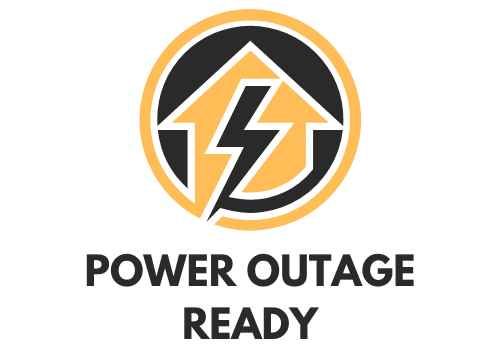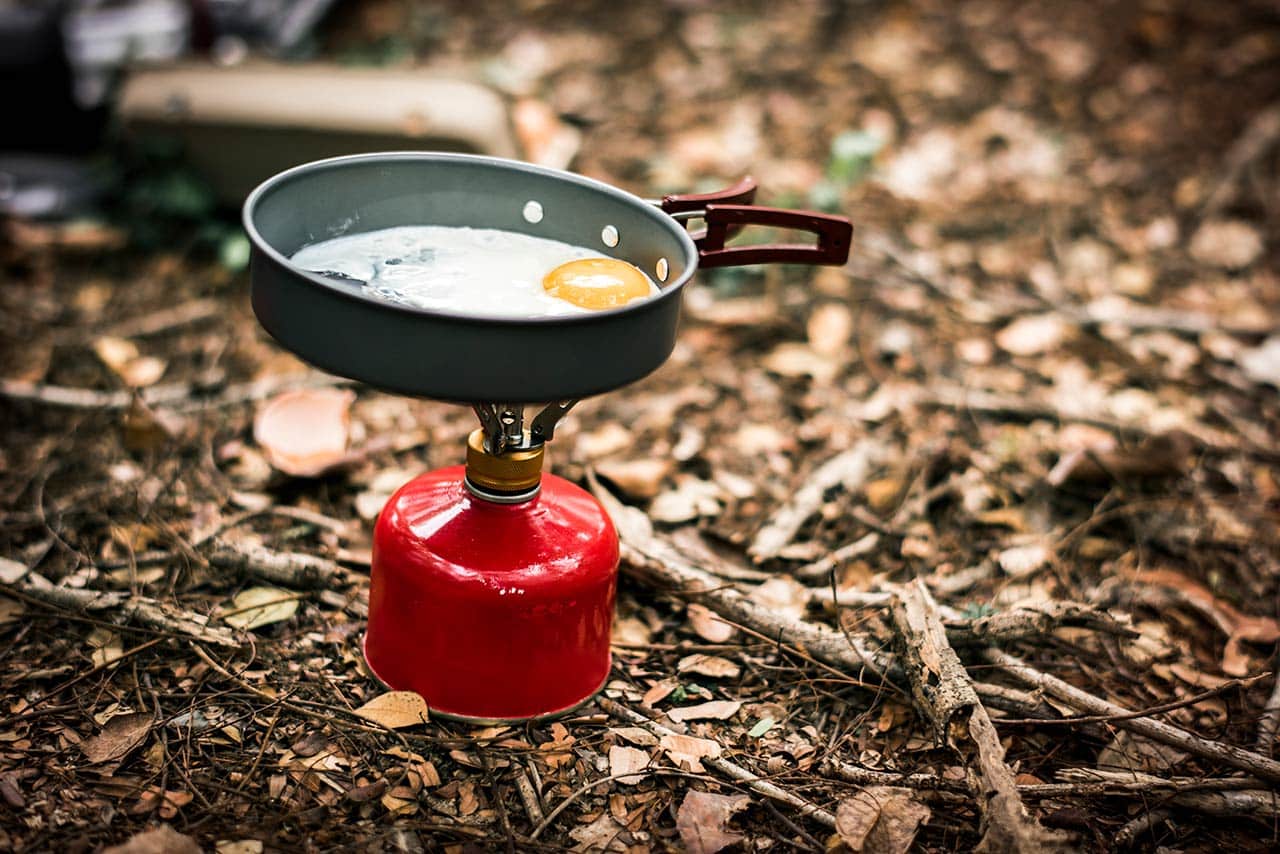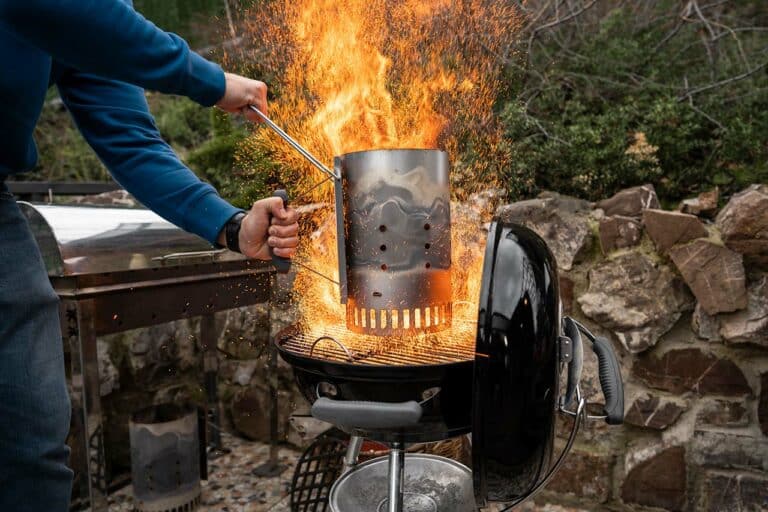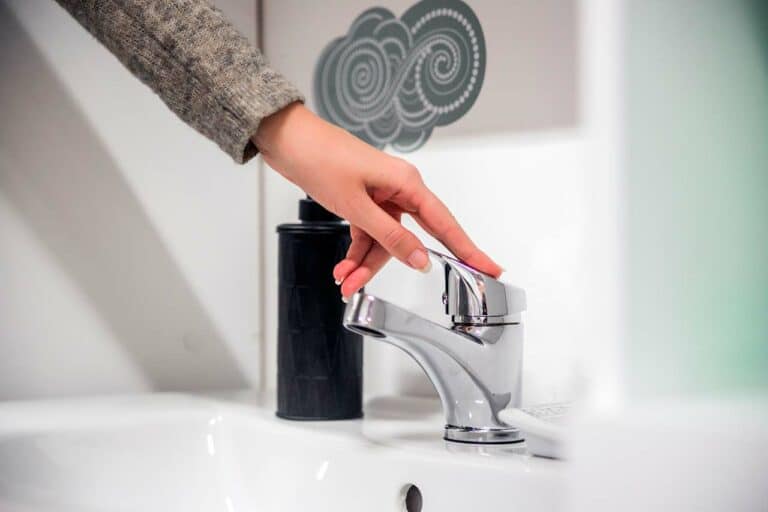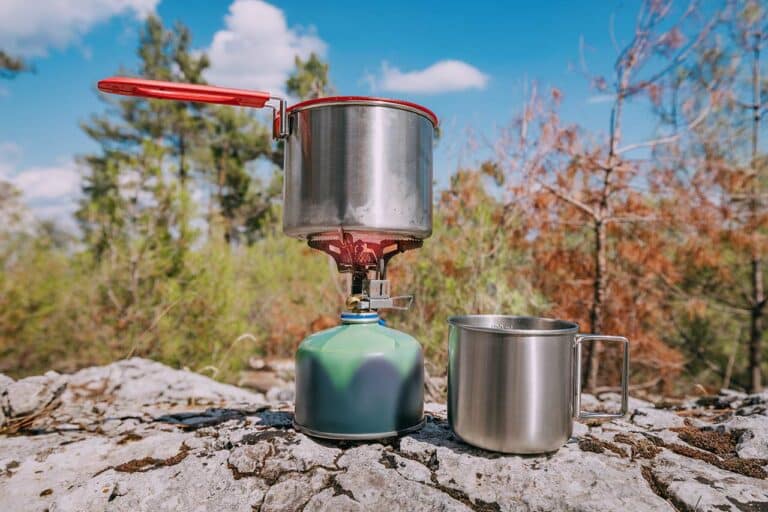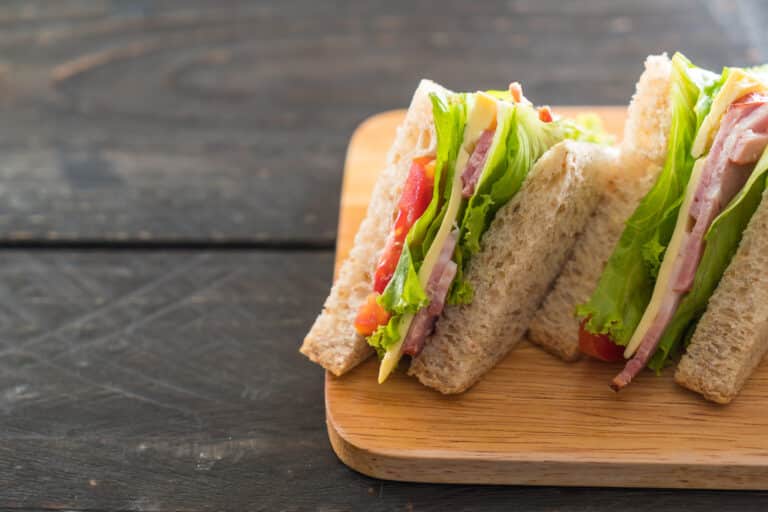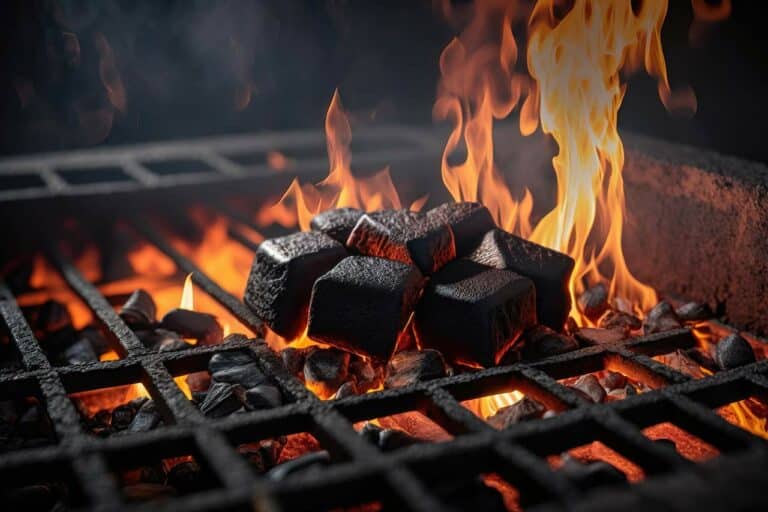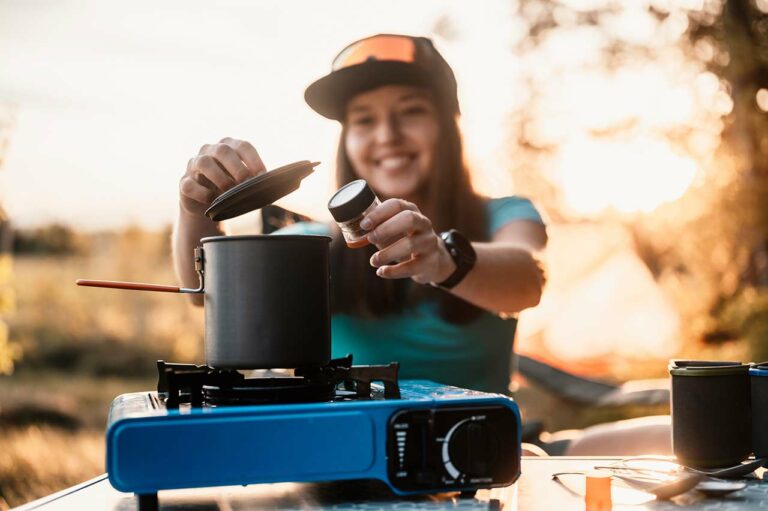Can You Use A Propane Stove Indoors? (Know The Risks)
So, the electricity’s out, and you’re wondering if it’s safe to use a propane stove indoors? The answer is yes, but there are a few safety precautions you should take when using a propane stove indoors to keep things worry-free.
A key element to successfully using a propane stove indoors is adequate ventilation. Propane creates dangerous fumes, so make sure there’s plenty of fresh air flow. In the case of a blackout, this typically involves using the proper stove near an open window.
Another important consideration is keeping your stove away from flammable materials or objects. Make sure to have a carbon monoxide detector in the room and a fire extinguisher close by. And don’t forget to inspect your unit regularly for leaks, wear, and damage. By taking these precautions, you can confidently use your propane stove indoors.
Safety Risks of Indoor Use
Potential for Carbon Monoxide Poisoning
While using a propane stove indoors can be safe, there is a risk of carbon monoxide (CO) poisoning if you’re not careful. CO is a colorless, odorless gas that can be super dangerous if it builds up. Symptoms of CO poisoning include headache, dizziness, nausea, and even death. To avoid this, make sure your indoor propane stove is well ventilated and use a carbon monoxide detector to keep an eye on CO levels.
Risk of Propane Leaks and Explosions
Propane is flammable, and leaks can lead to explosions in the worst case scenario. So when using a propane stove indoors, it’s crucial to regularly inspect your stove and propane tanks for any wear or damage. If you smell gas or suspect a propane leak, shut off the propane supply, leave the area, and call for help. And, of course, always have a fire extinguisher nearby, just in case.
To summarize:
| Safety Measure | How It Helps |
|---|---|
| Regularly inspect stove and propane tank | Prevents gas leaks and identifies potential issues early |
| Keep a fire extinguisher nearby | Quickly puts out small fires and minimizes damage |
| Ensure proper ventilation | Minimizes buildup of dangerous gases, like carbon monoxide |
Considerations of Open Flames
Open flames on a propane stove can be a hazard if not managed properly. Keep kids and pets away from the stove to prevent accidents and never leave the stove unattended while it’s lit. You’ll also wanna make sure your stove is set up on a stable and heat-resistant surface to avoid unwanted fires.
Here are the Dos and Don’ts:
- Do: Place your stove on a stable, heat-resistant surface.
- Do: Keep children and pets away from the stove.
- Do: Attend to the stove while in use.
- Don’t: Use the stove near flammable materials or too near an open window. While you need air flow to prevent carbon monoxide buildup, a breeze from an open window can fan the flame of a fire, which can cause the fire to spread.
Emergency Preparedness
Carbon Monoxide and Propane Gas Detectors
If you’re going to use a propane stove indoors in a power outage, you need a carbon monoxide/propane gas detector. Obviously, that detector must be battery-powered to continue operating during the blackout.
A carbon monoxide detector is a small investment that can save lives and prevent emergencies. Remember to regularly check and maintain your carbon monoxide/propane gas detector to ensure its in working order BEFORE a blackout hits, and keep extra batteries on hand just in case.
Fire Safety Equipment
While using a propane stove indoors, it’s essential to be prepared for potential fire hazards. Keep a fire extinguisher nearby and know how to use it properly.
Also, keep flammable materials away from a propane stove to minimize fire risks. Establish a clear safety zone around your cooking area and educate your family on appropriate safety protocols.
Alternatives to Indoor Propane Stoves
While a small propane stove can be relatively safe to use indoors during an emergency like a power outage, it’s not the absolute best choice. Here are some alternatives that can be more convenient and safer to use indoors.
Electric Stoves, Skillets or Hot Plates
There’s a reason electric appliances are so popular for indoor cooking. They don’t produce any fumes or require any ventilation, which makes them the safest options for cooking inside. Of course, during a blackout, electric appliances aren’t exactly easy to use.
However, if you want one of the safest possible cooking options in the case of an emergency, it’s still best to stick with electric.
To do this, you may want to have a backup power source in your home, like a generator or power station, instead of trying to bring propane-powered devices inside.
Butane Stoves
Butane stoves are another option you can consider for indoor cooking, but with caution. They’re easy to use and portable, making them perfect for emergency situations, like a power outage. The catch is, like propane stoves, butane stoves release exhaust into the indoor air, so providing adequate ventilation and using a carbon monoxide detector is crucial.
Propane in a Power Outage
While propane isn’t ideal for indoor cooking, in an emergency, like a blackout, a lot of rules we usually live by go out the window.
Harnessing the convenience of a propane stove during a power outage could be a lifeline for sustaining warm meals and a semblance of normalcy amidst the disruption. Nevertheless, the caveat is monumental—safety is paramount.
To recap, never lose sight of these pivotal points:
- Ventilation is Non-Negotiable: Guarantee persistent airflow to curtail the accumulation of harmful gases.
- Mitigating Hazards: A fire extinguisher and a scrupulously maintained carbon monoxide detector are indispensable.
- Unwavering Vigilance: Close monitoring of the stove, particularly for potential leaks and the immediate environment, is imperative.
- Educate and Adhere: Familiarize all household members with safety practices and ensure strict compliance.
Even as propane stoves present a viable indoor cooking alternative amidst blackouts, the significance of meticulous adherence to safety guidelines cannot be overemphasized. While alternatives like electric stoves (with a backup power source) or butane stoves are worth considering, whichever option you lean towards, the underscored principle remains—safety takes precedence.
Let’s cook with foresight, prioritizing wellbeing while we navigate through the culinary challenges that power outages might throw our way. After all, a safe meal is the best meal!
